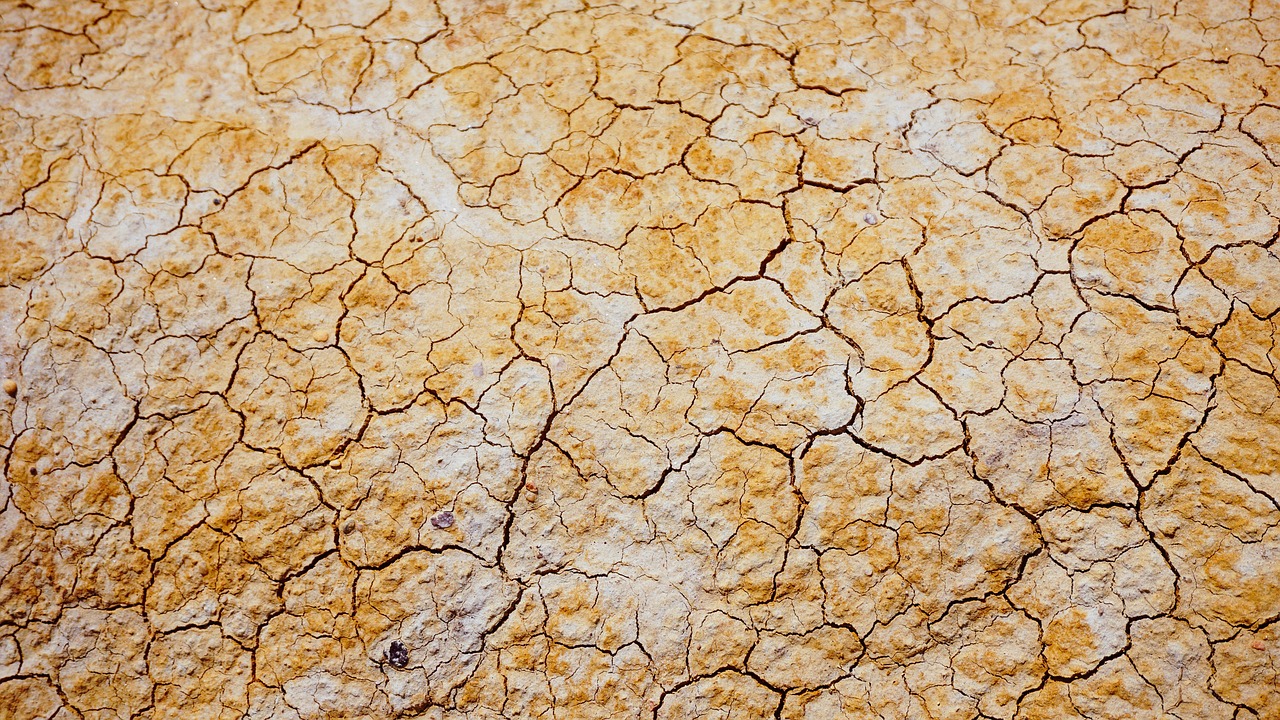Water cycle repair for drought relief and UNEP explained
UNEP, Water cycle repair for drought relief, and more
The Joyous Heroes of Climate Change: Plants, Soils, and Water
A Spark of Hope: The Wonders of Nature and Climate Solutions
Let’s celebrate the extraordinary role of these hidden heroes in safeguarding our planet’s well-being.
The Ripple Effect of Nature’s Magic
Deforestation and land degradation? Not on our watch! These practices disrupt the water cycle, but the beauty of nature lies in its ability to restore itself.
Reforestation: A Symphony of Green
When we plant trees, we initiate a harmonious symphony of benefits. They quench the thirst of the land, cool the planet’s fever, and act as a natural sponge, absorbing carbon dioxide and nurturing life.
Trees: Nature’s Fountains of Joy
Trees are the conduits of water’s journey, pumping life-giving vapor into the atmosphere like jubilant water fountains. The cycle continues, replenishing our sources and creating a harmonious balance.
The Hidden Heroes of Climate Change: Plants, Soils, and Water
TL;DR: Deforestation and land degradation mess with the water cycle, making droughts worse and changing weather patterns. Plants, especially trees, are like giant water fountains, releasing moisture into the air and helping make rain. By planting more trees and taking care of our soil, we can help fight climate change!
The Water Cycle: A Symphony of Life
Imagine Earth as a giant, complex machine that keeps itself cool and well-hydrated. The water cycle is like the machine’s heart, pumping water from the oceans, lakes, and rivers, into the air, and back down again. This process is essential for life, and it relies heavily on plants, soils, and water working together in a delicate balance.
Trees: Nature’s Water Fountains
Trees are like giant water fountains, pumping water vapor into the atmosphere through a process called transpiration. Think of it like plants sweating! This water vapor then rises into the sky and forms clouds, eventually falling as rain. Deforestation, or cutting down trees, disrupts this process, leading to less water vapor in the atmosphere and drier conditions.
Soils: The Water Keepers
Healthy soil acts like a giant sponge, holding water and releasing it gradually. This helps maintain steady water flow and ensures plants have a steady supply of water. When soil is degraded, it loses its ability to hold water, leading to floods and droughts. This can also make it harder for plants to grow and contribute to the water cycle.
The Ripple Effect of Deforestation and Land Degradation
When we destroy forests and damage soil, we disrupt the water cycle, leading to a chain reaction of problems. Imagine a domino effect:
- Less Rain: Fewer trees mean less transpiration, which leads to less rainfall. This can worsen droughts, making it harder for plants and animals to survive.
- Higher Temperatures: Deforestation leads to hotter ground temperatures because there are fewer trees to shade the land. This can create a “heat island” effect, making the area even hotter.
- Drier Soil: Degraded soil can’t hold water as well, meaning less moisture available for plants and a higher risk of droughts.
These changes can affect not just the local area but also regions far away, altering weather patterns and creating more extreme weather events.
Solutions for a Healthier Climate
The good news is that we can reverse these trends by taking action:
- Reforestation: Planting more trees helps restore the water cycle, cools the planet, and provides a natural carbon sink, which helps combat climate change.
- Sustainable Land Use: Using land wisely and sustainably protects soil health, promoting water retention and preventing erosion.
- Agroforestry: Combining trees and crops on the same land helps increase biodiversity, improve soil health, and provide more water for crops.
By implementing these solutions, we can create a more resilient and sustainable future where humans and nature thrive.
More on Water cycle repair for drought relief…
- Water cycle repair
- Drought relief
- UNEP
- Water conservation
- Water management
- Water scarcity
- Sustainable water use
- Water security
- Climate change adaptation
- Resilience to drought
- Water-related disasters
- Integrated water resources management
- Water cycle management
- Watershed management
- Water efficiency
- Rainwater harvesting
- Greywater reuse
- Desalination
- Water treatment
- Water infrastructure
- Water policy
- Water governance
- Water economics
- Water footprint





